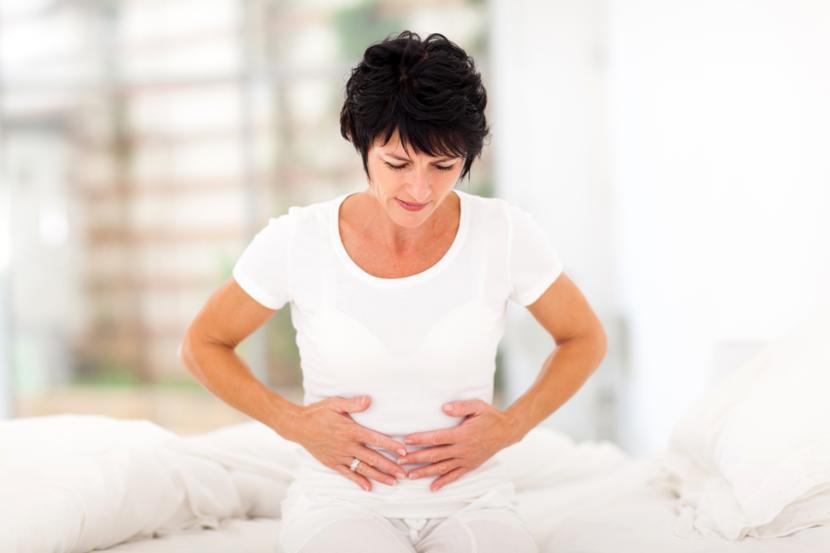Bladder Spasms: the Causes and Symptoms

As the urinary bladder fills, the sensation to release urine gradually builds up. Few people have a continuous urge to ease the bladder while experiencing pain. This situation, called bladder spasms, may lead to wetting one's pants. Bladder spasms are caused by the muscles of the bladder contracting suddenly, leading to an urgent need to urinate. For some, the urge to urinate may be associated with a burning sensation or cramps. Many treatment options are now available to alleviate the symptoms of bladder spasms.
Bladder spasms may be caused by a number of reasons, including:
- Muscle damage
- Neurological problems
- Infection
- Recent surgery
- Use of catheter
- Interstitial cystitis
- Urinary tract infection
A number of neurological disorders may result in bladder spasms including:
- Brain tumors
- Multiple sclerosis
- Parkinson’s disease
- Spinal cord injuries
- Diabetic neuropathy
- Cerebral palsy
- Infection by Herpes zoster virus
- Strokes
The major reason for the spasm is the weakening of the pelvic muscles, or damage to the nerves in the bladder. Bladder surgery, Cesarean section, removal of prostate glands, surgery in the lower abdomen, and a hysterectomy may all lead to uncontrollable spasms in the bladder.
Certain medications have bladder spasms as one of the side effects. Some chemotherapy drugs, diuretics, and urecholine may cause sudden spasms. Foods and certain chemicals in preservatives may irritate the lining of the bladder. Artificial sweeteners, chocolate, citrus fruits and drinks, pickled foods, and tomatoes are some of the known causes for bladder irritation.
Bladder spasms may develop in people of any age group. The risk of developing this condition increases as an individual ages, experiences menopause, or during pregnancy.
A combination of treatments are often preferred to control the symptoms of bladder spasms. If certain foods are the triggers for the symptoms, a change in the diet would be ideal. Periodic release of urine, like once in two hours, may be helpful. Physical therapy is recommended to strengthen the muscles of the pelvic floor, and it also helps to hold urine back in the bladder for an extended period of time. Anticholinergic medications are prescribed to relax the muscles of bladder, and to prevent spasms. Electrical stimulation of the bladder using mild electric pulses help to make the muscles of this organ strong, thus reducing spasms and leakage.












